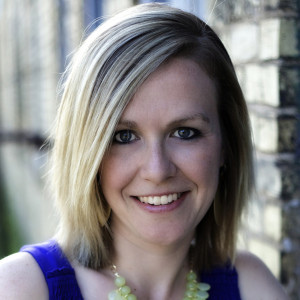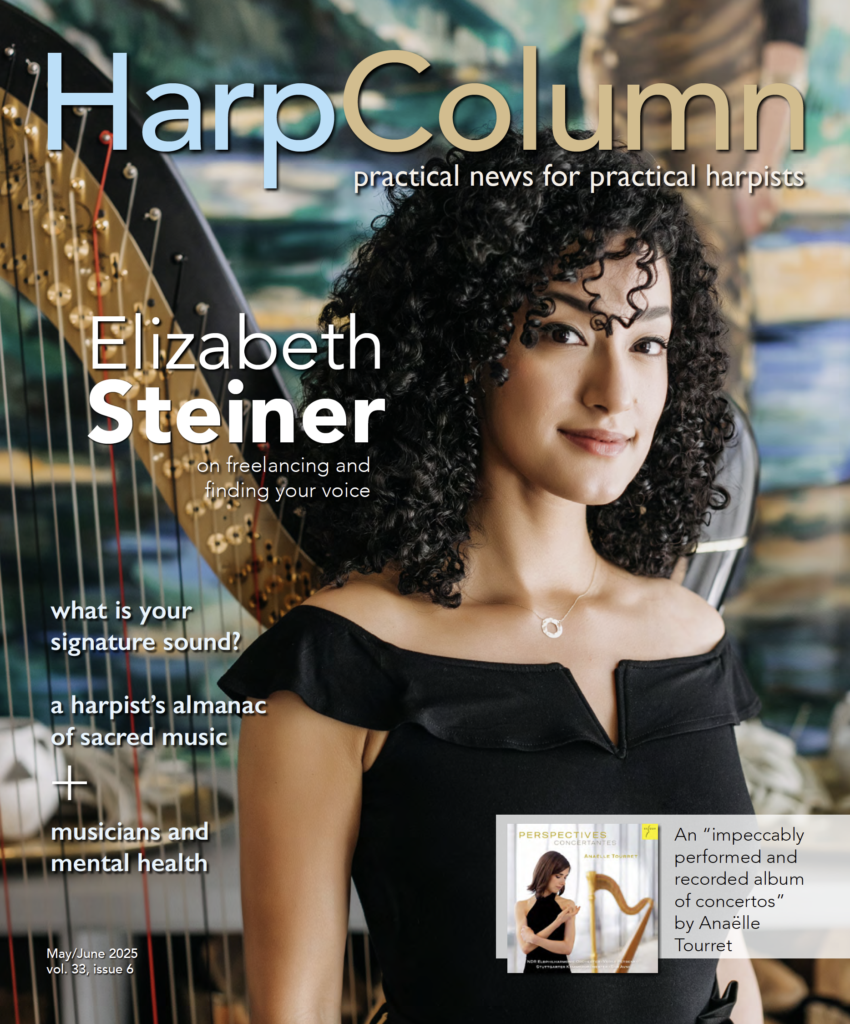Rarely am I at a loss for words, but there is one simple question that always gives me pause. So, Alison, what do you do for a living?
Just as no two days are the same for a freelancer, no two freelance careers are alike.
All I can muster is a blank stare in response, but in truth, the stare is not blank. Actually, a lot of processing is going on behind my eyes. I’m working through a sort of decision tree in my head. Do they want the real answer or the short answer? How much time do they have? Maybe I should just say, “It’s a long story.” Once someone asked one of my kids what his mom does, and he answered, “She drinks coffee all day.” Not untrue, but also not the full story.
As any freelance musician will tell you, the full answer to the “what do you do” question is complicated. What did I do today? On this random Thursday in April? Well, I called someone back about a wedding gig in August, arranged a piano part to make it work on the harp for a concert next week, finally found my Fauré Requiem part that had been missing because I misfiled it under R for Requiem instead of F for Fauré, ordered some harp strings, did some Harp Column work, spent 20 minutes trying to figure out why my third-octave D string is buzzing in natural (still a mystery), leafed through the April issue of the International Musician magazine with harpist Anna Kate Mackle on the cover, and wrote this column. I also drank some coffee.
Being a freelancer is not easy to explain to most folks. But we’ve been trying to give Harp Column readers a deeper look at the different ways it can be done in our cover interviews throughout this year. We featured Vienna-based harpist Elisabeth Plank in our January/February issue to see how she has built an independent career in the music capital of Europe. In our March/April issue, Joel von Lerber told us about his packed schedule, splitting time between European concert dates and Chinese teaching stints. In this issue, we talk to Elizabeth Steiner about the vibrant freelance career she has created over the last decade and a half in Philadelphia (see Finding Freedom). Just as no two days are the same for a freelancer, no two freelance careers are alike. What is interesting about this year-long focus on freelancers, though, is the themes that are emerging.
All the freelancers we’ve interviewed this year are immensely talented and creative, deeply dedicated to their craft, upbeat about their careers and their colleagues, and wholly committed to making it all work. Steiner summed it up well in her answer to what she thinks has contributed to her success. “Definitely tenacity,” she says. “I know I have that in my soul—I’ve always had that deep within. I’ve always just loved the harp, loved music. I honestly couldn’t imagine my life without it. I think that alone is really important. If you’re doing this for any reason other than truly loving music, I don’t think this is the path for you.”
So whether you’re on a freelance path or any other harp journey, we have some articles in this issue to help you on your way. Rachel Brandwein explains how to select appropriate music for different church settings in A Harpist’s Almanac of Sacred Music. In Sounds Good, Anne Sullivan tackles the slippery subject of sound quality. (I maintain that the only thing more difficult that creating good tone quality on the harp is writing about how to create good tone quality on the harp.) Harp Column news editor Heather Cornelius gives a personal and informative look into mental health and musicians in our Sounding Board article. Eleonore Niubo writes a catchy new Tear-Out Tune. And of course, there is also all the harp news, advice, and reviews we bring you every issue. Grab a cup of coffee and enjoy! •






